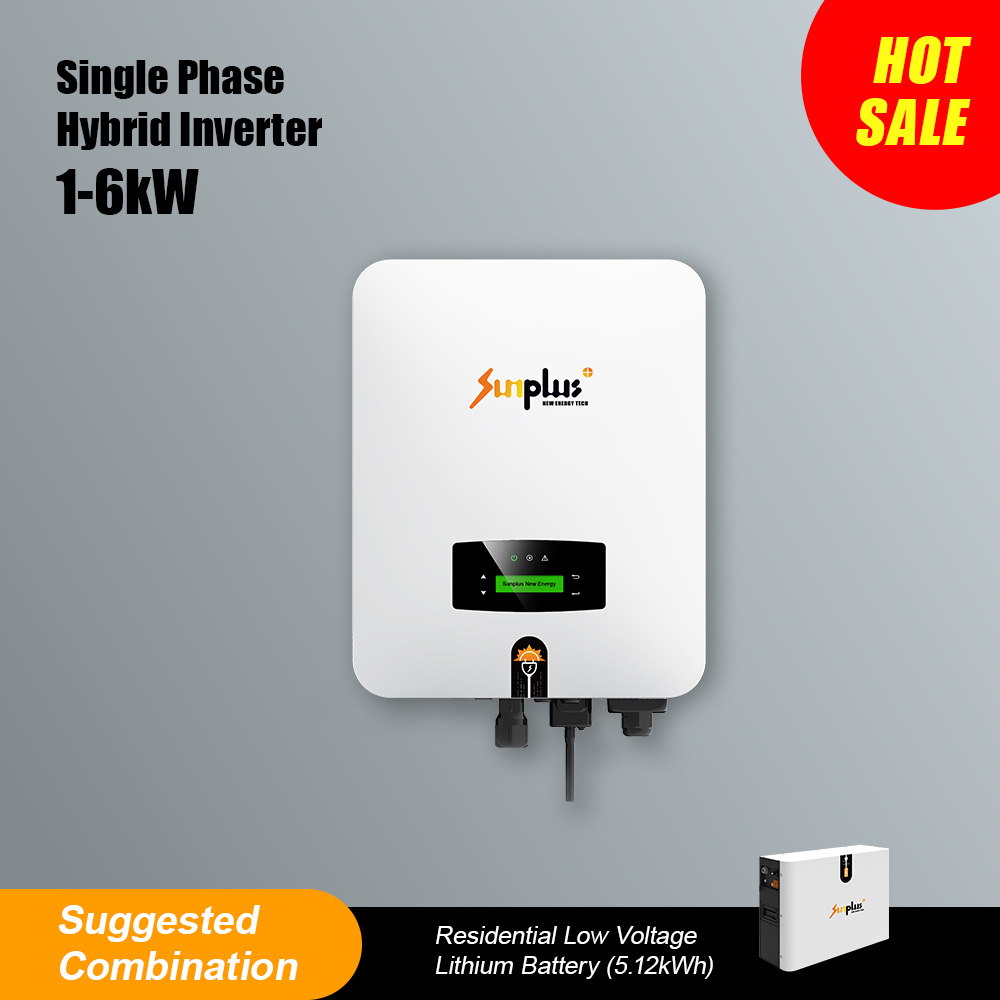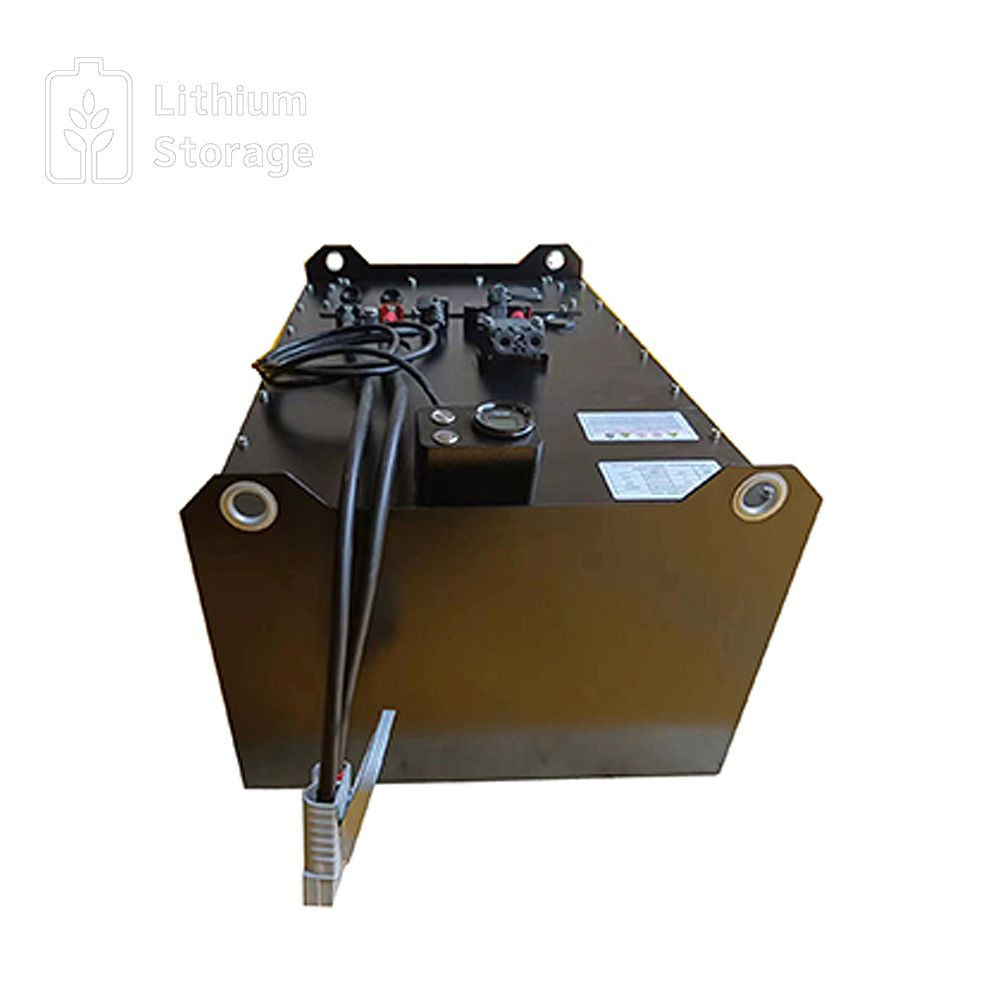What Does Ah Mean On a Battery
What Does Ah Mean On a Battery
Link to kete
What Does Ah Mean on a Battery and Why Does It Matter?
If you use any device that runs on batteries, such as a , a laptop, or a car, you may have wondered what does Ah mean on a battery. You may have seen this term on the label or specification of your battery, but do you know what it actually means and why it matters?
Ah stands for ampere-hour, which is a unit of measure for the capacity or energy storage capability of a battery. It indicates how much current a battery can provide over a specific period of time. For example, if a battery has a capacity of 10 Ah, it means that it can supply 10 amps of current for one hour, or 5 amps for two hours, or 1 amp for 10 hours, and so on.
Knowing the Ah of your battery is important because it helps you understand how long your battery can last, how well it can perform, and how to take care of it. In this article, we will explain how to calculate the Ah of your battery, how to compare different batteries based on Ah, how to extend the life and efficiency of your battery based on Ah, and answer some frequently asked questions about Ah and batteries.
*A 12V 150Ah LiFePO4 Battery Pack
How to Calculate the Ah of a Battery
To calculate the Ah of a battery, you need to know two things: the voltage (V) and the watt-hour (Wh) of your battery. The voltage is the electrical potential difference between the positive and negative terminals of your battery. The watt-hour is the amount of energy that your battery can deliver in one hour. You can usually find these values on the label or specification of your battery.
The formula to calculate the Ah of a battery is:
Ah = Wh / V
This means that you divide the watt-hour by the voltage to get the ampere-hour. For example, if your battery has a watt-hour of 50 Wh and a voltage of 5 V, then its ampere-hour is:
Ah = 50 Wh / 5 V
Ah = 10 Ah
This means that your battery can provide 10 amps of current for one hour, or 5 amps for two hours, or 1 amp for 10 hours, etc.
Here are some examples and scenarios to illustrate how to calculate the Ah of different batteries:
&#; If you have a smartphone with a battery that has a watt-hour of 15 Wh and a voltage of 3.7 V, then its ampere-hour is:
Ah = 15 Wh / 3.7 V
Ah = 4.05 Ah
This means that your smartphone's battery can provide 4.05 amps of current for one hour, or 2.02 amps for two hours, or 0.4 amps for 10 hours, etc.
&#; If you have a laptop with a battery that has a watt-hour of 60 Wh and a voltage of 12 V, then its ampere-hour is:
Are you interested in learning more about 12V 150Ah Front Terminal Battery? Contact us today to secure an expert consultation!
Additional resources:Dewalt Drill Battery 1
4 Tips for Choosing the Best Camel Batteries
Top 5 Reasons Solar Powered Exit Signs are the Best Choice!
The Ultimate Guide to Lead Acid Starter Batteries: Top FAQs Answered
What Are the Benefits of LiFePO4 6.4V 5000mAh for Solar?
Top 5 Portable Energy Storage System Advantages - Must-Know Tips!
How Does Lithium-ion Rechargeable Batteries Work?
Ah = 60 Wh / 12 V
Ah = 5 Ah
This means that your laptop's battery can provide 5 amps of current for one hour, or 2.5 amps for two hours, or 0.5 amps for 10 hours, etc.
&#; If you have a car with a battery that has a watt-hour of 600 Wh and a voltage of 12 V, then its ampere-hour is:
Ah = 600 Wh / 12 V
Ah = 50 Ah
This means that your car's battery can provide 50 amps of current for one hour, or 25 amps for two hours, or 5 amps for 10 hours, etc.
However, you should be aware that the calculation of the Ah of a battery is not always accurate and reliable. There are some factors that affect the actual capacity and performance of your battery, such as:
&#; Temperature: The temperature of your battery and the environment can affect its chemical reactions and electrical resistance, which can reduce or increase its capacity and performance. Generally, higher temperatures can decrease the capacity and performance of your battery, while lower temperatures can increase them. However, extreme temperatures can also damage your battery and shorten its lifespan.
&#; Age: The age of your battery can affect its capacity and performance, as it undergoes wear and tear over time. Generally, older batteries have lower capacity and performance than newer ones, as they lose their ability to hold and deliver charge. However, proper maintenance and care can extend the lifespan and efficiency of your battery.
&#; Usage: The usage of your battery can affect its capacity and performance, as it depends on how much current you draw from it and how often you charge and discharge it. Generally, higher current draw can decrease the capacity and performance of your battery, while lower current draw can increase them. However, overcharging or undercharging your battery can also damage it and shorten its lifespan.
Therefore, you should consider these factors when calculating the Ah of your battery and use it as an estimate rather than an exact value.
How to Compare Different Batteries Based on Ah
Knowing the Ah of your battery can help you compare different batteries based on their performance and suitability for your needs. However, you should also consider other factors when choosing the best battery for your device or application, such as:
&#; Voltage: The voltage of your battery determines how much power it can deliver to your device or application. Generally, higher voltage means higher power output, but it also means higher current draw and faster discharge rate. Therefore, you should match the voltage of your battery with the voltage requirement of your device or application to avoid overloading or underpowering it.
&#; Size and weight: The size and weight of your battery determine how much space it occupies and how much load it adds to your device or application. Generally, larger and heavier batteries have higher capacity and performance than smaller and lighter ones, but they also take up more room and make your device or application bulkier. Therefore, you should balance the size and weight of your battery with the space and load limitations of your device or application to optimize its portability and convenience.
&#; Type: The type of your battery refers to the chemistry and technology used to make it. There are different types of batteries available in the market, such as lead-acid, nickel-cadmium, nickel-metal hydride, lithium-ion, lithium-polymer, etc. Each type has its own advantages and disadvantages in terms of capacity, performance, cost, lifespan, safety, environmental impact, etc. Therefore, you should research the pros and cons of each type before choosing the best one for your needs.
12v lithium battery 150ah for lead acid battery replacement
If you are interested in 150ah 12v lithium battery or want to join us, please write down your comments or suggestions, we will answer your questions as soon as possible! Thank you for your attention!
:
Mobile: 86-, 86-
: Same as above
Wechat: sellbattery
Skype:
&#;LiFePO4 Battery Solutions Factory | OSM ENERGY
For more information, please visit Front Terminal Batteries.
Are car batteries AGM or lithium-powered?
4 Tips for Choosing a Camel Battery MX SA de CV
How Does a Solar Panel work?
10 Questions You Should Know about Camel Energy
The Rise of Camel Energy Inc: Exploring Success
Grid Tie Solar String Inverters
How strong are your CAMELS?
Related Articles









Comments